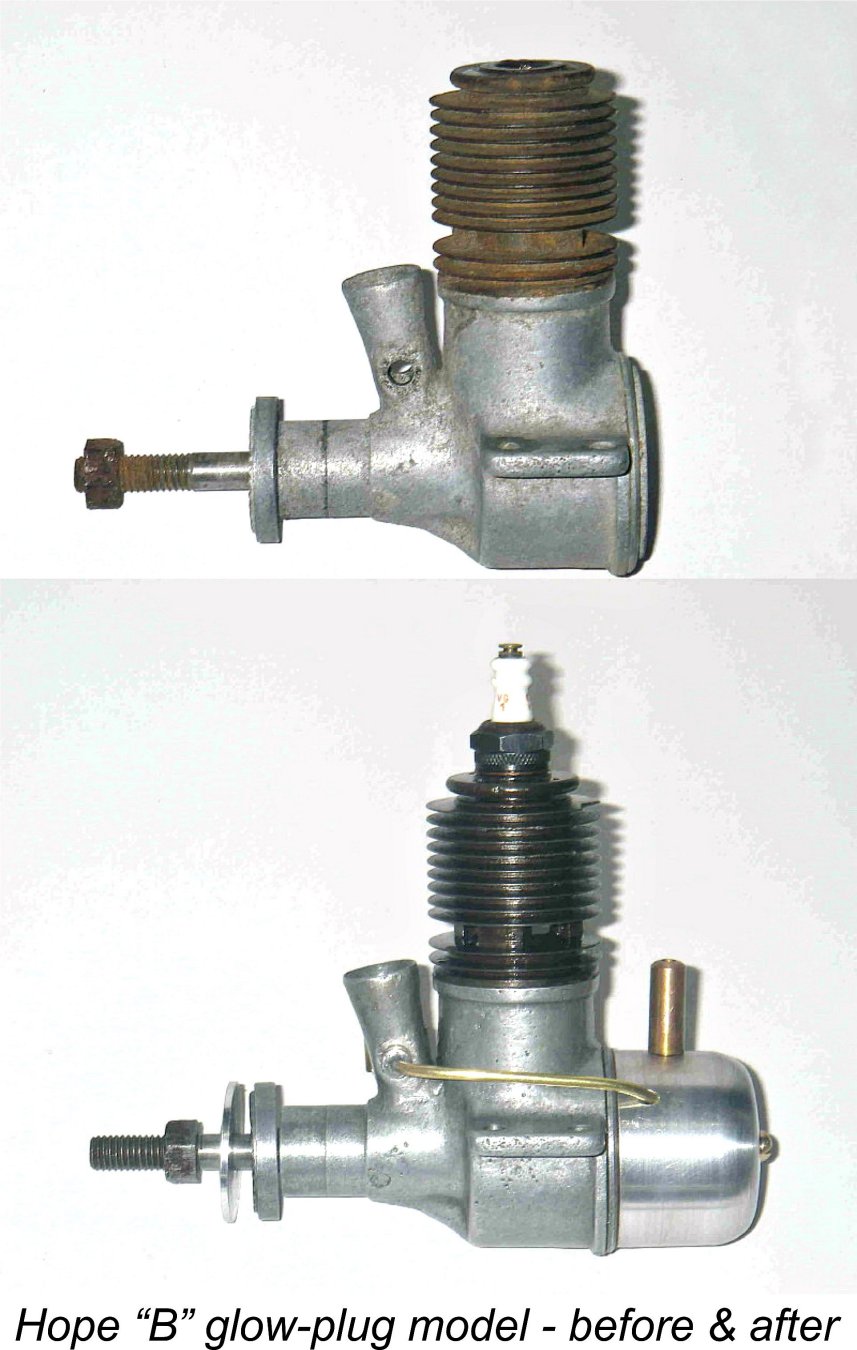
|
|
Loosening Rusted Nuts, Bolts and Other Components
During the course of that restoration, I used a well-known commercial penetrating bolt loosener called Liquid Wrench. This material worked very well on that occasion, as detailed in my article. Using this material along with a judicious application of heat, I was eventually able to save all of the engine's seemingly rust-frozen components. However, I didn't have access to any actual data regarding the effectiveness of the various "bolt looseners" which were available on the market. I merely used Liquid Wrench because I happened to have some handy! Thankfully, my friend Derek Butler kindly drew my attention to the fact that the respected magazine "Machinist's Workshop" has published some very helpful information on the relative performances of various penetrating oils. The magazine reported that they conducted a comparative test of these products to establish their relative "break out torque" figures, which represent the torque required to loosen and remove the nut from a "scientifically rusted" nut and bolt combination. The results were highly illuminating! The following is a list of the average torque figures required to loosen the nut from a "standard" rusted bolt. All nuts and bolts were of the same size and degree of corrosion.
It's also noteworthy that WD-40, which is often touted as a universal remedy for everything from siezed nuts and bolts to corrosion protection, is actually the least effective of the commercial materials tried. Speaking personally, I've found WD-40 to be a somewhat over-rated product in general. It's widely viewed as a magic do-anything elixir, but in fact its real utility is confined to acting as an initial cleansing medium, where its water-displacement qualities (hence the name WD) often prove useful. However, that's about it. Surf the 'Web and judge for yourself ............... Another observation from looking over the above results is the fact that Liquid Wrench is almost as effective as the highly-regarded Kano Kroil for about 20% the price! It certainly worked OK during my Hope "B" restoration! The main conclusion is that the ATF/acetone mix is by far the best available bolt loosener. The writer of the article reported that his local machinist group had mixed up a batch, which was in general use with consistently good results. _____________________________ |
| |
 A not-uncommon problem facing would-be model engine restorers is that of freeing components such as nuts, bolts and working components which are well and truly rusted up. An example of such a challenge in my own personal experience may be found in my separate article on the subject of
A not-uncommon problem facing would-be model engine restorers is that of freeing components such as nuts, bolts and working components which are well and truly rusted up. An example of such a challenge in my own personal experience may be found in my separate article on the subject of